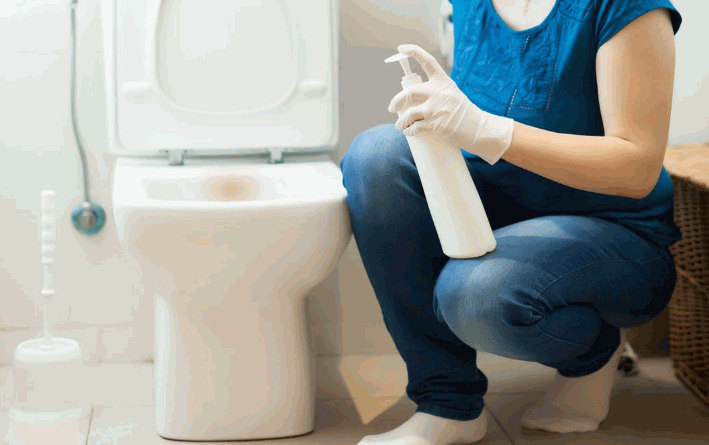
Clogged toilets can be a frustrating problem, but choosing the right drain cleaner can make all the difference.
This article explores the various types of drain cleaners available, including chemical, enzymatic, and hydro-mechanical options.
It also breaks down the key ingredients that power these cleaners, helping you understand their effectiveness and safety.
Additionally, it provides guidance on how to use them properly and shares essential precautions to ensure a safe and effective unclogging experience.
Read on to discover the best solutions for your toilet troubles!
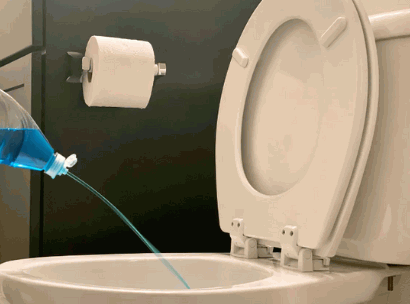
Table of Contents
Understanding the different types of drain cleaners is essential for effective plumbing maintenance and tackling issues like clogged toilets, hair buildup, and soap scum in your plumbing systems. Various drain cleaning methods exist to address these common plumbing problems, including chemical drain cleaners that use harmful chemicals, natural drain cleaners that leverage organic ingredients, and mechanical drain cleaners that offer an alternative for those seeking green solutions. Each type has its pros and cons, depending on the severity of the clog and the safety concerns associated with the chemicals used.
Uncover more: How To Clean Drain In Bathroom Sink
Chemical drain cleaners, typically containing strong substances like sodium hydroxide and sulfuric acid, are commonly used for quick clog removal but come with significant health hazards and potential damage to plumbing systems.
These potent formulations work by generating heat and breaking down organic materials such as hair, soap scum, and grease through intense chemical reactions. When using these products, one might find that they can efficiently tackle persistent clogs that seem insurmountable.
It's crucial to approach chemical drain cleaners with caution, considering the risk of potential chemical reactions that may produce harmful fumes or even result in plumbing damage if used improperly.
Brands like Drano Max and Liquid-Plumr offer a variety of formulations aimed at specific needs, yet understanding their ingredients and proper application methods is essential for safe handling.
Always remember to follow instructions carefully and consider alternative methods for clearing drains to mitigate health risks.
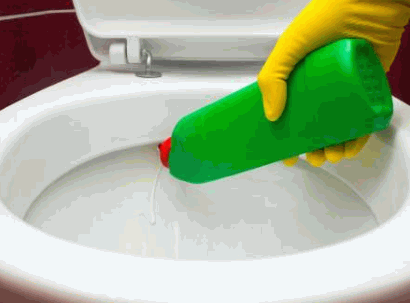
Enzymatic drain cleaners utilize organic ingredients and bacteria to break down organic waste like food debris, hair buildup, and soap scum, providing a safer alternative to harsh chemical drain cleaners.
These innovative solutions not only target stubborn clogs but also work to enhance the overall health of plumbing systems. By using natural processes, they effectively digest materials without causing harm to pipes or the environment. Unlike conventional cleaners, which can be detrimental to septic systems, enzymatic options like Bio-Clean and DrainFix promote a balanced ecosystem.
These products leverage specially cultivated bacteria that thrive in various environments, ensuring a thorough breakdown of waste products. Their eco-friendliness makes them ideal for households seeking sustainable maintenance solutions while preserving the integrity of plumbing infrastructure.
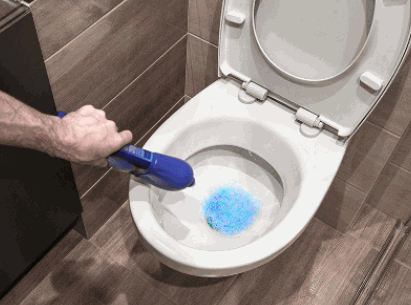
Hydro-mechanical drain cleaners, which include tools like clog pushers and the Powder Plunger, are manual devices that effectively remove clogs and buildup without the use of harmful chemicals.
These practical tools are not only eco-friendly but also gentle on pipes, making them suitable for long-term use. For those tackling stubborn blockages, employing a hydro-mechanical cleaner can save time and prevent damage often caused by chemical solutions.
Typically, these devices work by applying force to dislodge debris or by creating a vacuum effect that pulls the blockage away. The scenarios where these tools shine include:
For DIY enthusiasts, regular maintenance, such as snaking drains or using hot water and vinegar, can help prevent buildups. If clogs persist or worsen, seeking professional plumber assistance is a wise choice, as they can address deeper issues within the plumbing system.
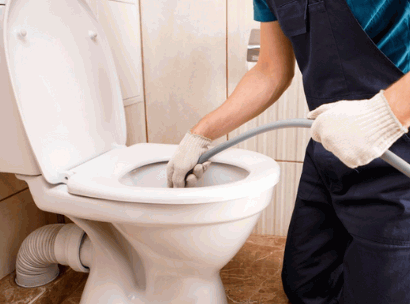
The ingredients in drain cleaners vary widely, from powerful toxic substances like sodium hydroxide and sulfuric acid found in chemical drain cleaners to more benign enzymes and organic ingredients used in natural and bacterial drain cleaners, reflecting the diverse approaches to clog removal in plumbing systems.
Sodium hydroxide is a common ingredient in chemical drain cleaners, renowned for its ability to dissolve tough clogs but also recognized for its significant health hazards, including chemical burns if mishandled.
This powerful alkaline solution works effectively by breaking down organic matter within pipes, making it a preferred choice for those dealing with stubborn blockages. Users must exercise stringent safety precautions when utilizing it; wearing gloves and protective eyewear is essential to avoid skin or eye contact.
One must ensure proper ventilation and follow the instructions carefully to reduce any risks.
For those who may be concerned about the potential health risks associated with sodium hydroxide, alternative solutions such as enzymatic cleaners or natural remedies like vinegar combined with baking soda could be considered. These options may not work as rapidly as their chemical counterparts but can be safer for both users and the environment.
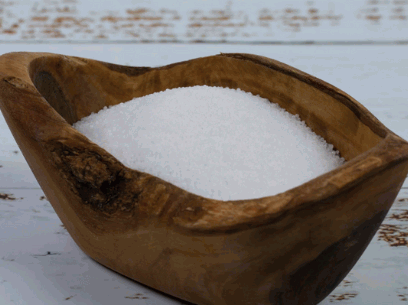
Sulfuric acid is an extremely potent ingredient in some chemical drain cleaners, effective for fast clog removal but notorious for producing toxic fumes and posing severe risks to plumbing systems and users.
This duality highlights its importance in various industrial and domestic applications. On one hand, its effectiveness in dissolving organic materials, grease, and even hair makes it a preferred choice for quick solutions to stubborn clogs. The same properties that make it effective can also be perilous.
Users should be aware of the following precautions when handling products that contain this powerful substance:
Proper training and understanding of usage guidelines can mitigate health hazards and ensure a safe and effective cleaning experience.
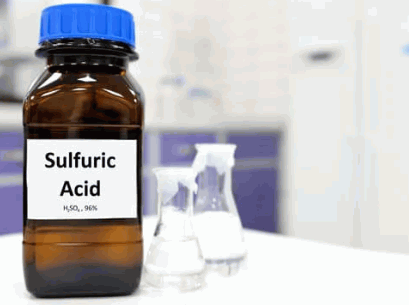
Enzymes serve as the active agents in many natural and bacterial drain cleaners, breaking down organic materials such as food particles and grease into smaller, manageable substances that can easily be washed away.
These biological catalysts interact efficiently with organic waste, accelerating the degradation process and ensuring clean drainage systems. As enzymes break down complex compounds, they facilitate the conversion of stubborn clogs into harmless by-products. This promotes a healthier environment in plumbing systems, preventing blockages and reducing unpleasant odors.
By using such products, homeowners and businesses can not only maintain their drainage but also contribute to eco-friendly practices.
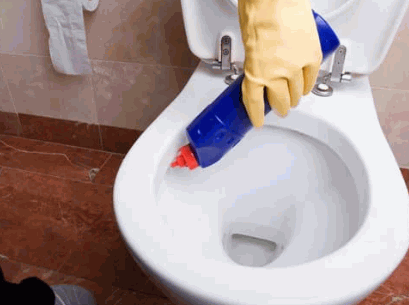
Selecting a safe drain cleaner for toilets is crucial to prevent damage to plumbing systems, and there are options like enzymatic drain cleaners and hydro-mechanical devices that minimize health risks while effectively addressing clogs caused by hair buildup and soap scum.
While chemical drain cleaners can effectively tackle tough clogs, they often come with risks, making them less ideal as a safe drain cleaner for toilets, particularly when considering plumbing safety and potential damage to septic systems.
These harsh substances can corrode and weaken the plumbing over time, leading to expensive repairs. Their caustic nature poses a significant risk to porcelain fixtures, as repeated use may cause them to crack or discolor.
Homeowners should be aware that these cleaners can also be harmful to the environment, contributing to chemical runoff in water systems.
Taking these proactive measures not only promotes a healthier plumbing system but also encourages responsible usage of household products.
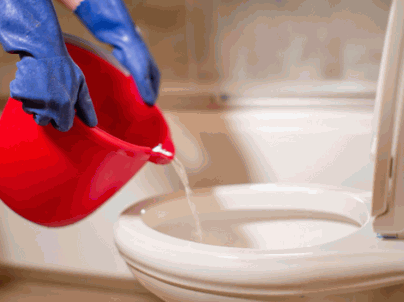
Enzymatic drain cleaners are considered safe drain cleaners for toilets as they utilize organic ingredients and beneficial bacteria to break down clogs without risking harm to plumbing systems or septic tanks.
This innovative approach not only minimizes the risk of damage to pipes but also offers a more environmentally friendly alternative to traditional chemical cleaners. Users report that these enzymatic cleaners effectively tackle tough organic materials such as grease, hair, and food particles, leaving drains clearer and odor-free. Many brands are designed to be effective at various temperatures, making them suitable for a range of plumbing needs.
Customers have shared positive experiences, highlighting the cleaner's ability to maintain healthy drainage without contributing to environmental harm, which is a significant advantage over harsh chemical options. It’s clear that choosing an enzymatic cleaner can lead to both safe plumbing practices and a cleaner home.
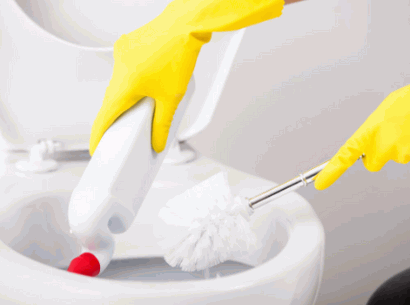
Hydro-mechanical drain cleaners offer a safe and effective alternative for toilet maintenance, utilizing mechanical methods such as clog pushers to clear blockages without the risk of harmful chemicals or fumes.
These tools are particularly useful for addressing minor clogs that can occur due to the buildup of waste and debris over time. By employing the right techniques, one can ensure that these mechanical cleaners actually improve the efficiency of a toilet’s drainage system.
Proper usage involves targeting the specific area where the clog is located and applying steady pressure to dislodge the obstruction. To help maintain the longevity of these tools, consider the following tips:
By following these guidelines, users can effectively utilize hydro-mechanical drain cleaners as part of their routine toilet maintenance, ensuring a simplified approach to home plumbing care.
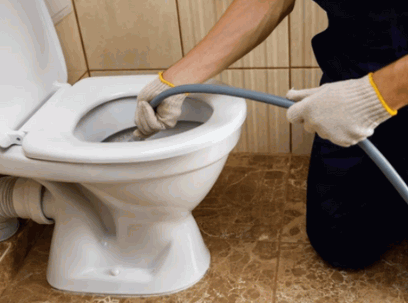
Using drain cleaner for toilets effectively requires careful attention to user instructions, safety precautions, and understanding the specific type of drain cleaner you are applying, whether it’s a chemical, enzymatic, or mechanical solution designed for optimal clog removal.
Before applying any drain cleaner, it’s essential to read the user instructions carefully to ensure proper and effective use, preventing mishaps and ensuring a successful clog removal process.
Understanding the key elements of the product can significantly enhance its effectiveness and safety. For instance, recommended doses should be followed explicitly, as using too little may not clear the blockage while using too much can result in dangerous chemical reactions.
The application methods should be detailed, including whether the cleaner should be poured directly into the drain or if it requires dilution with water.
It’s also crucial to consider any specific precautions necessary for safety during use, such as wearing gloves and goggles to protect the skin and eyes from harmful chemicals. Users should be aware of any potential interactions with other products, as combining cleaners could be hazardous.
By focusing on these aspects, a more efficient and safer unclogging experience can be achieved.
Protecting yourself while using drain cleaner is paramount, as many products contain harmful chemicals that can lead to serious health hazards if proper safety precautions are not followed.
When handling these substances, it’s essential to wear appropriate protective gear. This includes:
Ensure that the area is well-ventilated to disperse any harmful vapors that may accumulate. If an accidental spill occurs, it’s crucial to follow safety protocols by promptly cleaning the area while wearing your protective gear.
In case of exposure or spillage, seeking immediate medical attention can be vital for your health and safety.
When applying the drain cleaner, slowly pour the effective drain cleaner into the toilet bowl, ensuring that you cover the affected areas to facilitate optimal clog removal.
It’s crucial to follow the product's instructions thoroughly; most cleaners suggest a specific amount to pour that should not be exceeded to avoid damage to your plumbing.
After pouring, remember to allow the cleaner sufficient time to work effectively on the clog, typically around 15 to 30 minutes, which enhances its ability to break down any buildup. While some might be tempted to flush immediately, it's generally recommended to wait until the specified time has passed. Following this process can greatly increase the chances of achieving a clear drain without further complications.
After pouring the drain cleaner, it’s crucial to wait for the designated time indicated in the instructions to allow the product to work effectively before flushing the toilet.
Rushing this step can lead to less effective results and might even exacerbate the problem. Adhering to the waiting period ensures that the cleaner has adequate time to break down the clogging materials, making subsequent flushes more likely to succeed.
Once the waiting time has elapsed, it’s advisable to assess the situation. If the drain is still slow, consider repeating the treatment.
Here are some additional steps to consider:
Ultimately, respecting the timing and effectiveness of the drain cleaner is key to resolving clogs efficiently without causing further damage to the plumbing.
Taking precautions and implementing safety measures while using drain cleaners in toilets is vital to prevent accidents and ensure the safety of both users and plumbing systems, especially when dealing with hazardous chemical drain cleaners.
Wearing appropriate protective gear, such as gloves and goggles, is a critical safety measure when handling drain cleaners to avoid potential skin and eye contact with harmful chemicals.
Before diving into the task of unclogging a drain, it's essential to prepare adequately to safeguard oneself against the potent ingredients often found in these cleaning products. Beyond just gloves and goggles, consider donning a mask to shield against any noxious fumes that may be released during the application process.
By thoughtfully equipping oneself with protective gear and following proper safety protocols, the risk of injury significantly decreases, allowing for a more secure and effective cleaning experience.
It is essential to keep children and pets away from the area where drain cleaners are being used, as exposure to these products can pose significant health risks and safety hazards.
Before using any drain cleaning product, it is crucial to ensure that you have prepared the space adequately to avoid accidental exposure. Protecting vulnerable individuals from potential harm should be a top priority.
Here are some practical tips to ensure the area remains safe:
By taking these precautions, you can create a safer environment while effectively managing your drain cleaning needs.
Properly ventilating the area while using drain cleaners is crucial to disperse toxic fumes and ensure a safe environment during the clog removal process.
To achieve optimal ventilation, consider employing several effective strategies that contribute significantly to improving air quality.
By prioritizing fresh air, individuals can significantly minimize exposure to hazardous vapors, creating a safer home environment.
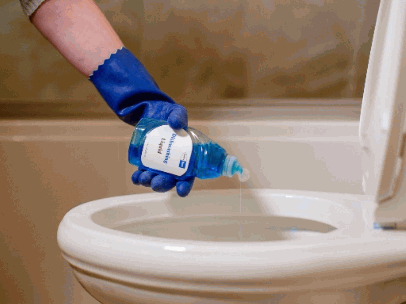
Avoiding the mixing of different types of drain cleaners is a vital safety precaution, as it can lead to dangerous chemical reactions that may produce harmful gases or cause damage to plumbing systems.
When individuals unknowingly combine two or more drain cleaners, the results can be unpredictable and hazardous. The potential for toxic fumes is particularly concerning, as inhaling these gases can lead to respiratory distress and other serious health issues. Not only do these reactions pose risks to personal health, but they can also compromise plumbing integrity, leading to costly repairs.
To ensure safety when dealing with drain cleaners, follow these guidelines:
By adhering to these recommendations, the risks associated with chemical reactions can be significantly reduced.
Properly disposing of drain cleaner products is essential to prevent environmental contamination and ensure the safety of plumbing systems, following guidelines set forth by local regulations.
Understanding the specific types of drain cleaners is crucial as it influences disposal methods significantly. For instance, chemical drain cleaners often contain harsh substances that necessitate careful handling and disposal to mitigate risks to both human health and the environment.
On the other hand, natural drain cleaners, such as vinegar or baking soda, can usually be disposed of more safely, as they pose less of a threat. Adherence to local disposal regulations is pivotal; many municipalities provide guidelines and offer collection programs for hazardous waste. Failure to dispose of these products correctly could lead to harmful leaks or damage to local ecosystems.